Rouzbeh A. Shirvani
Natural Language Processing Advancements By Deep Learning: A Survey
Mar 04, 2020
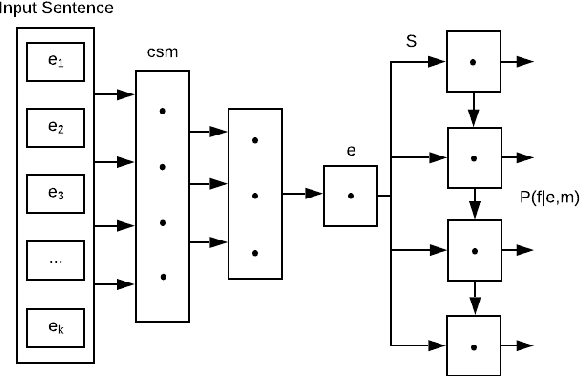


Abstract:Natural Language Processing (NLP) helps empower intelligent machines by enhancing a better understanding of the human language for linguistic-based human-computer communication. Recent developments in computational power and the advent of large amounts of linguistic data have heightened the need and demand for automating semantic analysis using data-driven approaches. The utilization of data-driven strategies is pervasive now due to the significant improvements demonstrated through the usage of deep learning methods in areas such as Computer Vision, Automatic Speech Recognition, and in particular, NLP. This survey categorizes and addresses the different aspects and applications of NLP that have benefited from deep learning. It covers core NLP tasks and applications and describes how deep learning methods and models advance these areas. We further analyze and compare different approaches and state-of-the-art models.
GASL: Guided Attention for Sparsity Learning in Deep Neural Networks
Jan 15, 2019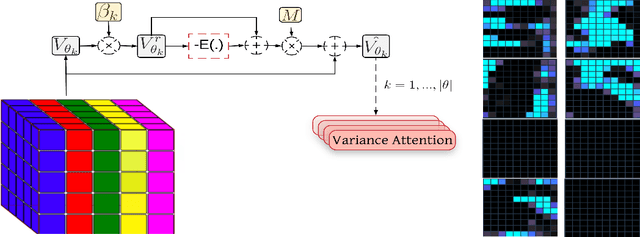
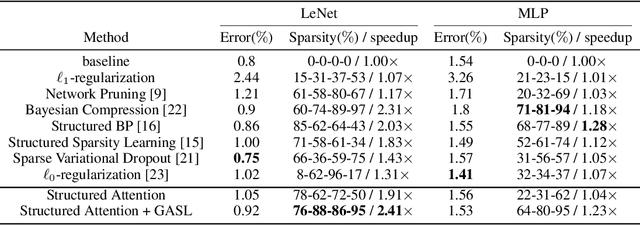
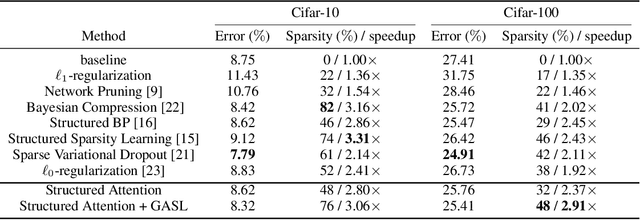
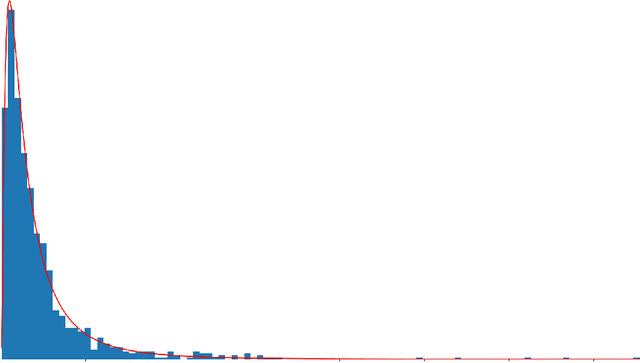
Abstract:The main goal of network pruning is imposing sparsity on the neural network by increasing the number of parameters with zero value in order to reduce the architecture size and the computational speedup. In most of the previous research works, sparsity is imposed stochastically without considering any prior knowledge of the weights distribution or other internal network characteristics. Enforcing too much sparsity may induce accuracy drop due to the fact that a lot of important elements might have been eliminated. In this paper, we propose Guided Attention for Sparsity Learning (GASL) to achieve (1) model compression by having less number of elements and speed-up; (2) prevent the accuracy drop by supervising the sparsity operation via a guided attention mechanism and (3) introduce a generic mechanism that can be adapted for any type of architecture; Our work is aimed at providing a framework based on interpretable attention mechanisms for imposing structured and non-structured sparsity in deep neural networks. For Cifar-100 experiments, we achieved the state-of-the-art sparsity level and 2.91x speedup with competitive accuracy compared to the best method. For MNIST and LeNet architecture we also achieved the highest sparsity and speedup level.
Attention-Based Guided Structured Sparsity of Deep Neural Networks
Jul 14, 2018

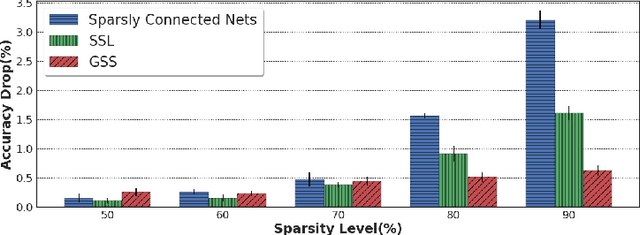
Abstract:Network pruning is aimed at imposing sparsity in a neural network architecture by increasing the portion of zero-valued weights for reducing its size regarding energy-efficiency consideration and increasing evaluation speed. In most of the conducted research efforts, the sparsity is enforced for network pruning without any attention to the internal network characteristics such as unbalanced outputs of the neurons or more specifically the distribution of the weights and outputs of the neurons. That may cause severe accuracy drop due to uncontrolled sparsity. In this work, we propose an attention mechanism that simultaneously controls the sparsity intensity and supervised network pruning by keeping important information bottlenecks of the network to be active. On CIFAR-10, the proposed method outperforms the best baseline method by 6% and reduced the accuracy drop by 2.6x at the same level of sparsity.
Automatic Detection of Small Groups of Persons, Influential Members, Relations and Hierarchy in Written Conversations Using Fuzzy Logic
Oct 06, 2016



Abstract:Nowadays a lot of data is collected in online forums. One of the key tasks is to determine the social structure of these online groups, for example the identification of subgroups within a larger group. We will approach the grouping of individual as a classification problem. The classifier will be based on fuzzy logic. The input to the classifier will be linguistic features and degree of relationships (among individuals). The output of the classifiers are the groupings of individuals. We also incorporate a method that ranks the members of the detected subgroup to identify the hierarchies in each subgroup. Data from the HBO television show The Wire is used to analyze the efficacy and usefulness of fuzzy logic based methods as alternative methods to classical statistical methods usually used for these problems. The proposed methodology could detect automatically the most influential members of each organization The Wire with 90% accuracy.
 Add to Chrome
Add to Chrome Add to Firefox
Add to Firefox Add to Edge
Add to Edge